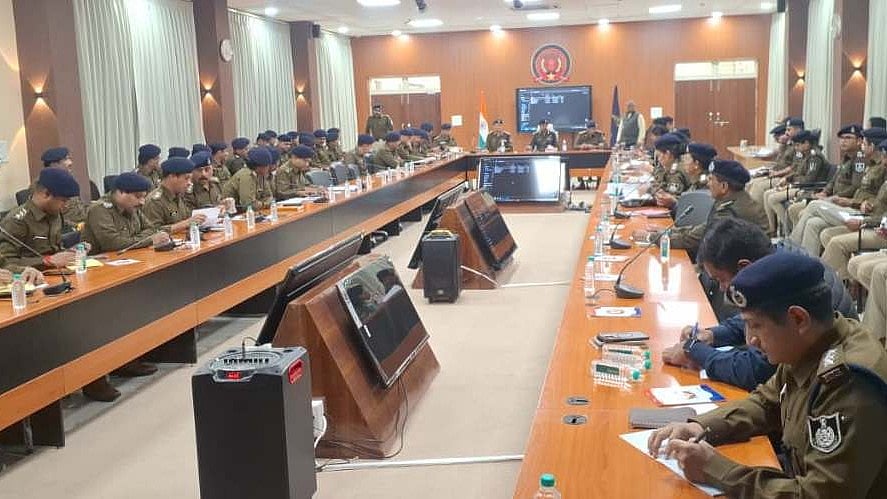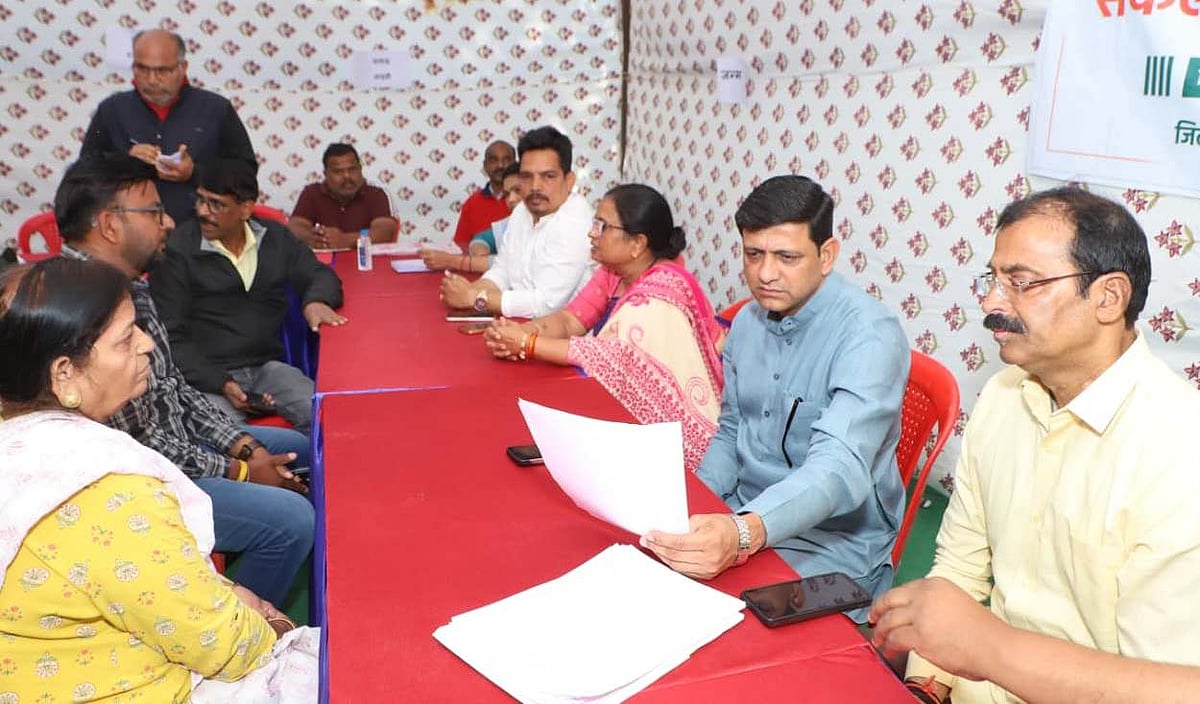Indore: The subject that is feared most is also the one that gives an opportunity to score most. 100 per cent. Making sure that students hit the target in class XII board examination, subject expert Ritesh Chouhan suggests setting an hourly target for revision. It takes only 48 total hours to revise all the topics. He suggests following revision plan.
Revision schedule in hours
1. Matrices/determinants and inverse trigonometry: 4
2. Relation and functions: 2
3. Continuity and differentiation: 4
4. Application of derivatives: 8
5. Indefinite Integrals: 7
6. Definite Integrals: 2
7. Application of Integrals: 3
8. Differential Equations: 4
9. Vectors: 2
10. Three dimensional Geometry: 6
11. Probability: 4
12. Linear Programming: 2
1. Relation and functions: One 6-mark question is expected from this topic.
a. Frequently asked questions are ‘Equivalence relation’ and ‘Composition of function’.
b. To achieve 90% and above, study from RD Sharma and other reference books.
c. Domain and range are important part in this chapter, so do as many as questions on this.
2. Inverse trigonometric functions.
a. Write down domain and range of all trigonometric functions (inverse of them as well).
b. Study NCERT examples and previous years’ question bank.
3. Matrices: One 1-mark questions and one 4-mark question are expected.
a. Two important areas are ‘Symmetric and skew symmetric matrices’ and ‘Finding inverse of a matrix using elementary transformations’.
b. Most challenging questions are from ‘Matrix elementary transformation’. Attempt question based on this topic in the end.
4. Determinants: One 4-mark (probably on determinants), one 6-mark question probably on inverse of a matrix) expected.
a. Since this chapter is long enough, all questions cannot be practised right before the exams, so mark the questions, which you find important.
5. Continuity and differentiability
a. Graphs of the trigonometric functions, logarithmic, and exponential should at the tip.
b. Study previous years’ papers and questions
6. Application of derivatives: This is bit tricky chapter, though some sections are easy and scoring (Tangents and Normals to Curves and Approximations Using Differentials). This chapter has a weightage of 12 marks. Observing previous years’ question papers, it has been noted that one question of 6 marks comes from the topic ‘Application of Maxima Minima’.
a. Students need to read question properly, sometimes the questions asked in indirect way.
b. Practise as many questions as possible including previous years’ papers.
7. Integrals: This is the lengthiest and most scoring chapter. All sections are important, since one exercise is base for the other. One cannot skip even a small topic.
a. One question from properties of definite integral or limit as sum is expected.
8. Application of integrals
a. Ensure that diagram is neat. It is always better to shade the area under the curve.
b. NCERT textbook questions and examples is the key.
9. Differential equations
a. Identify the difference between the order and degree of a differential equation.
b. Homogeneous differential equation is important topic. A question from this topic comes almost in every exam.
c. You must know the integral and derivative formulae for solving the differential equations.
10. Vector algebra
a. Previous years’ questions are the key.
11. Three dimensional geometry: This chapter is bit tough and time consuming.
a. Focus on the NCERT textbook questions and examples and previous years’ questions.
b. Write formulae on a separate sheet and make sure that you revise them.
c. If you do not have clue to solve some questions and some time is left out, try to show your effort by writing at least the introductory steps and even sketch out figures if relevant.
d. In case you get stuck while solving any question, don’t panic. Leave appropriate space. This will ensure that even if you don’t find time to solve this question, the examiners will give some marks.
12. Linear programming
a. Read and understand the question and try to figure out important points required to form an equation.
b. Make the graph neatly. Mark the points and shade the required region in the graph.
c. Do the calculations carefully.
13. Probability
a. Revise basics of permutations and combinations before taking up this chapter.
b. While solving the problem, do step-wise calculations and make tables wherever required.
c. Practise questions from your NCERT textbook.
d. While reading the question, try to figure out which topic of probability it belongs to.
e. Write the formulae on separate sheet so that it is easy to revise.









